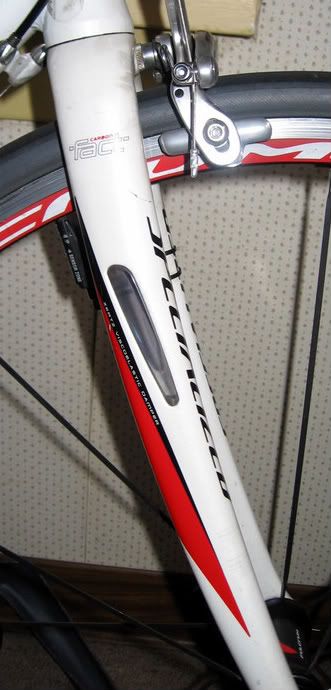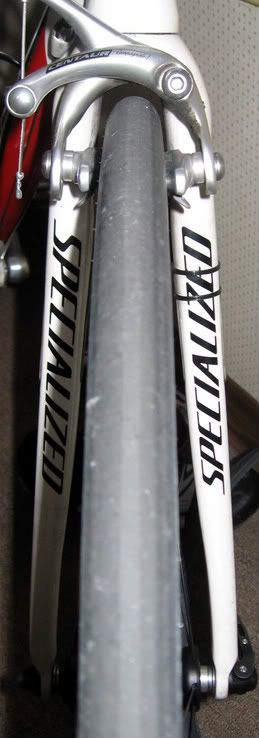In Reply To:
Thanks for the additional info, Tom. It's been a great many years since I have seen one at all, and I believe it was only during a race that I saw it then, so the wheel was spinning and I probably could not reliably infer anything.
I am not sure what to make of your 0 yaw data, other than to say that it's essentially irrelevant. I test a zero yaw just to see what happens, but I make all of my assertions as to what is truly faster from my windy condition data. This may not be the right thing to do where you are from, but around here, windless days only exist before 8:00am, and even then can be hit or miss.
Looking at my zero yaw data I have:
Nimble Crosswind with 20c Vittoria Corsa Evo CX = we will call this the baseline
HED 60 with 16 spokes and 21c Clement Criterium = +2 watts
Zipp 404 with 16 spokes and 19c Vittoria Corsa CX = +3 watts
HED 90 with 18 spokes and 21c Clement Criterium = +3
This is for the CarbonAero fork. Not normalized for reduced Crr of tires. The Zipp is the only one that MAY have a butyl tube. The others are confirmed latex.
Same bicycle (Kestrel KM-40) but with a Reynolds Ouzo Pro Aero:
Zipp 404 with 16 spokes and 19c Vittoria Corsa CX = we will call this the baseline
HED 90 with 18 spokes and 21c Clement Criterium = +2 watts
HED 60 with 16 spokes and 21c Clement Criterium = +2 watts
Nimble Crosswind with 20c Vittoria Corsa Evo CX = +5 watts
The Reynolds isn't the worst fork for the Crosswind, and the Oval is slightly closer (@ 4 watts) to the 404.
I forgot to mention that I tested the Look HSC 1 and HSC 2 forks as well. The HSC 2 is probably the best performing fork by weight, not that anyone cares too much about that.
Anyway, not sure there was really any point to this other than "what works for you is what works for you". This is the primary reasoning behind me only putting up the order in which things perform, rather than the magnitude of the differences. So many different things can effect the outcome that it's hard to make any inferences at all outside of the exact system you are running.
Chris
If the most reliable powermeters are +/- 1.5%-2%- how are you able to discern and accurately record a 2, 3, or even 5 watt difference?

